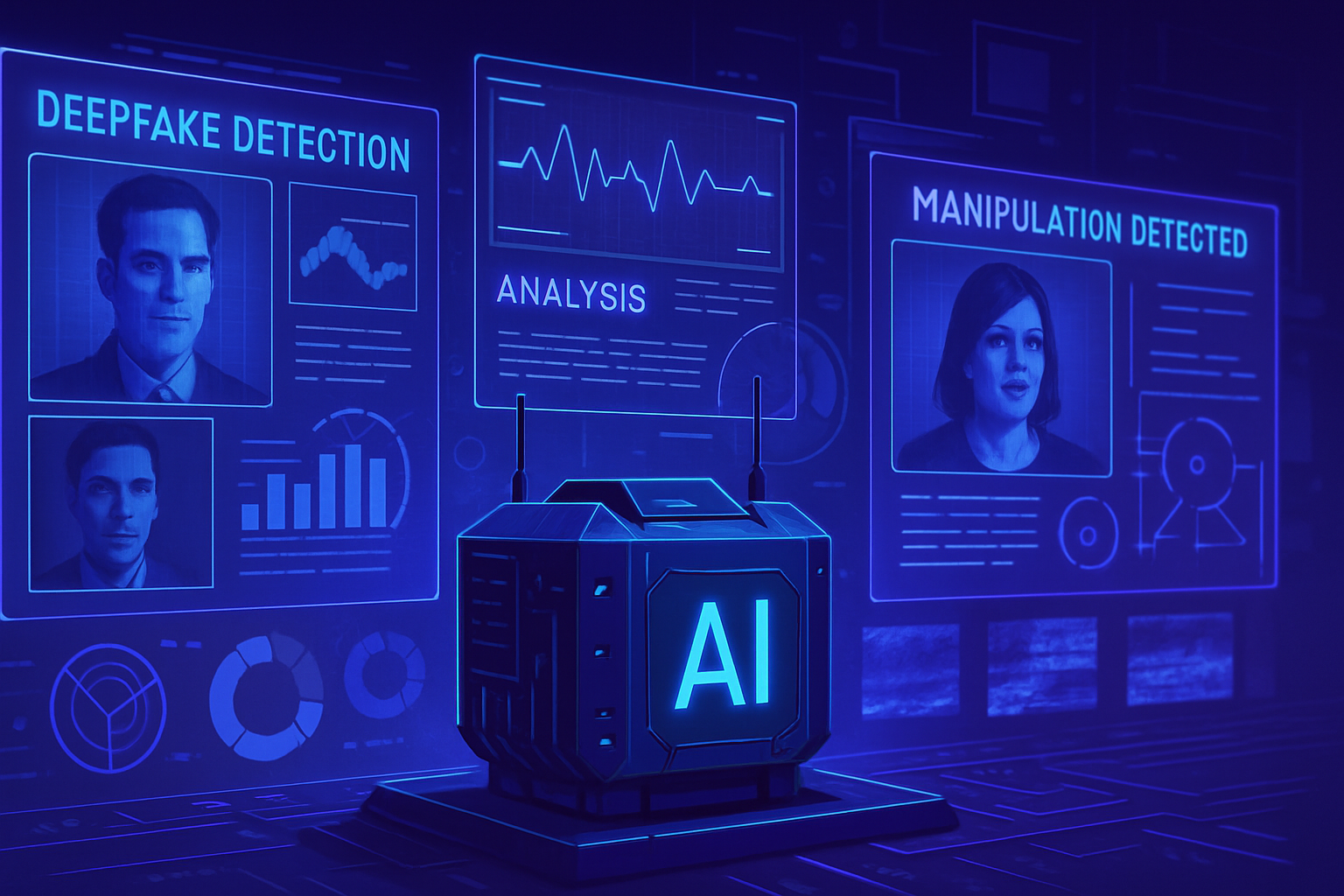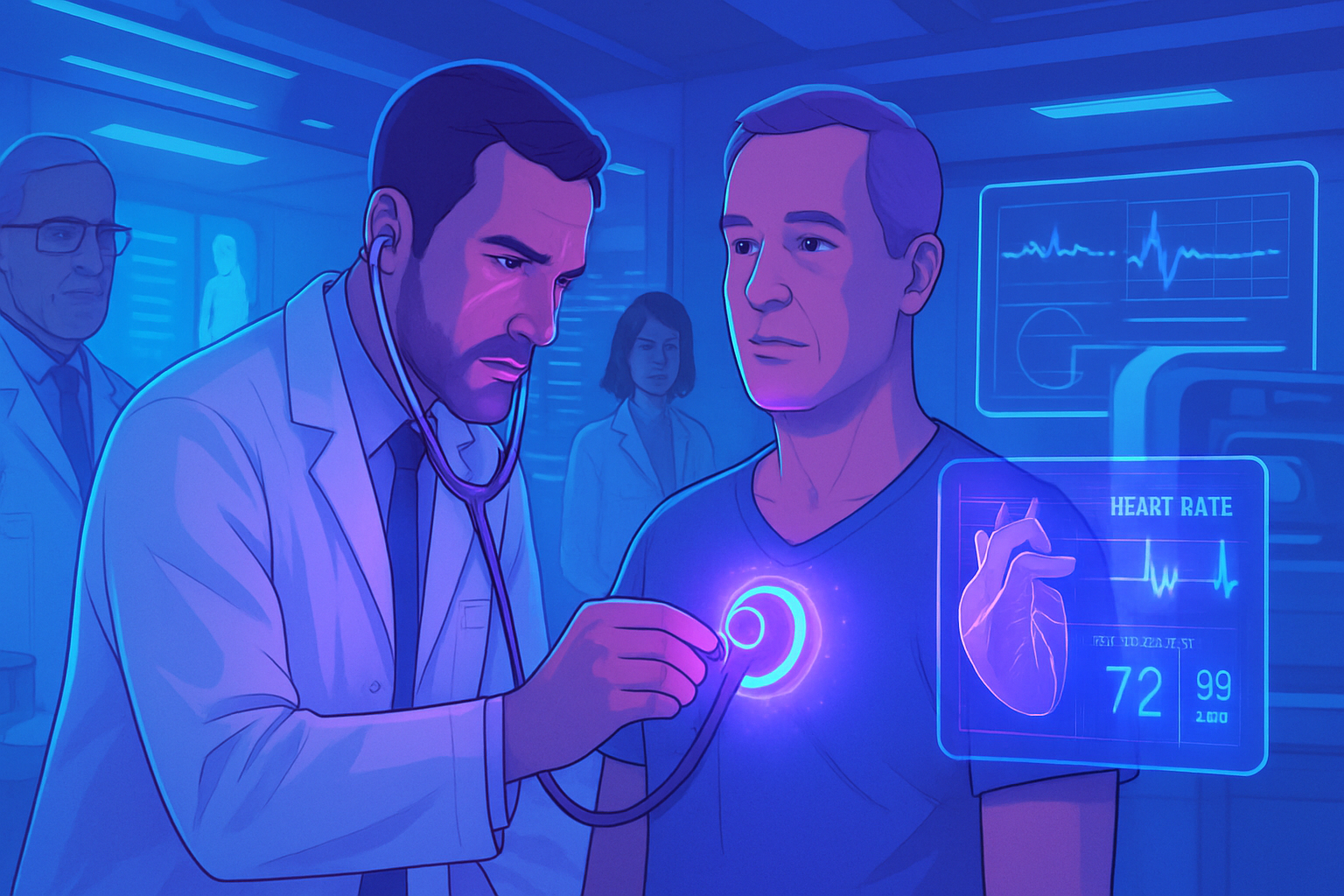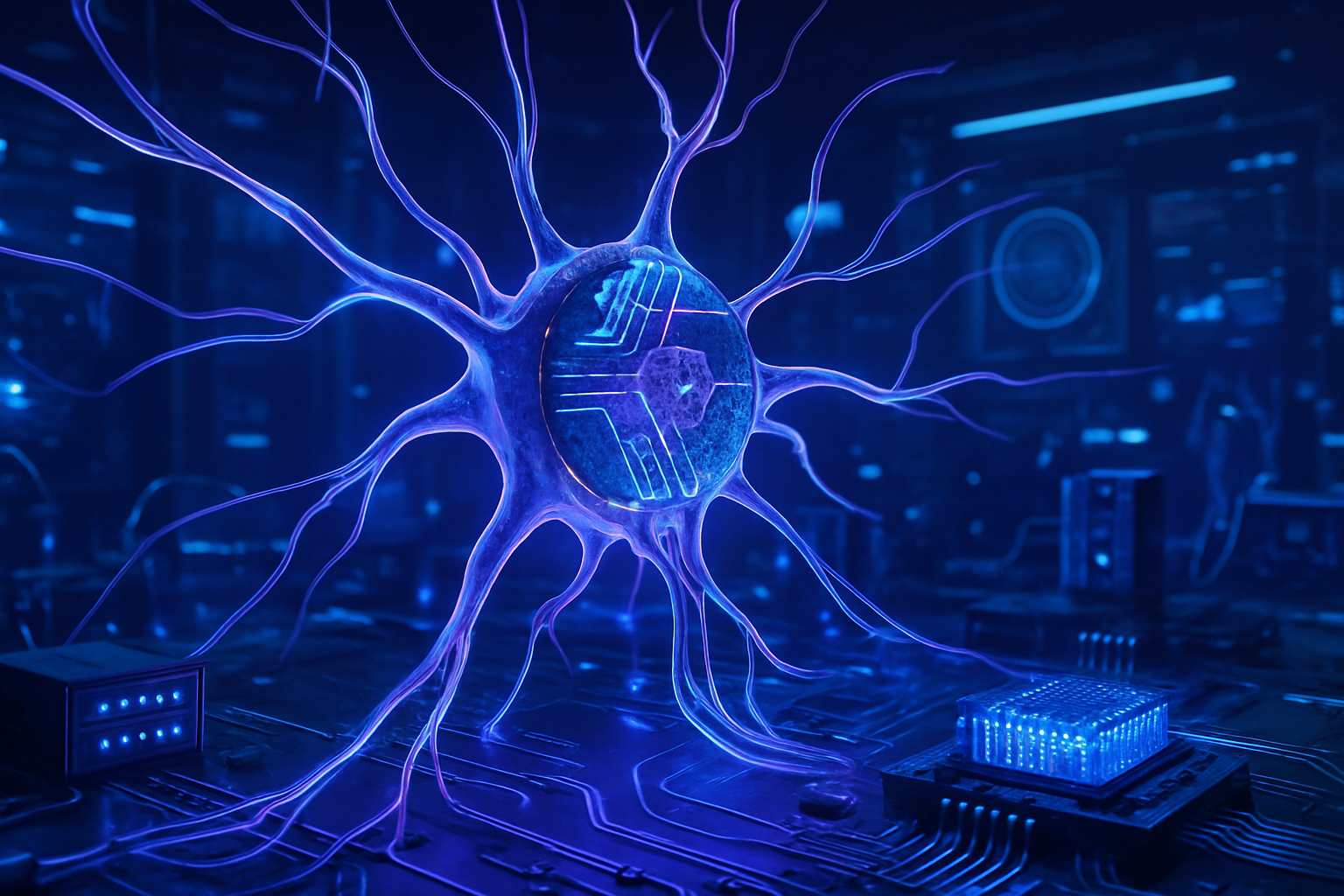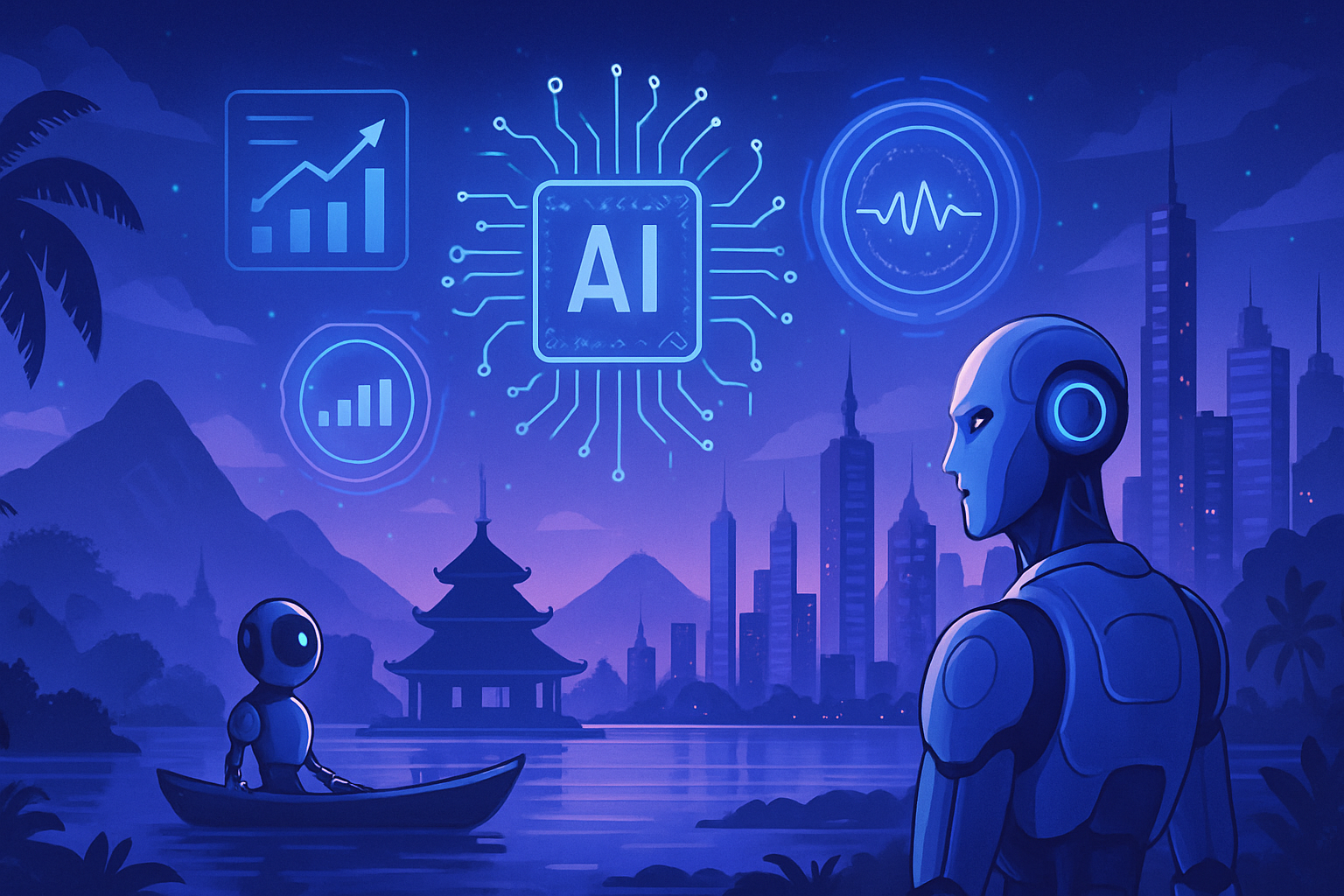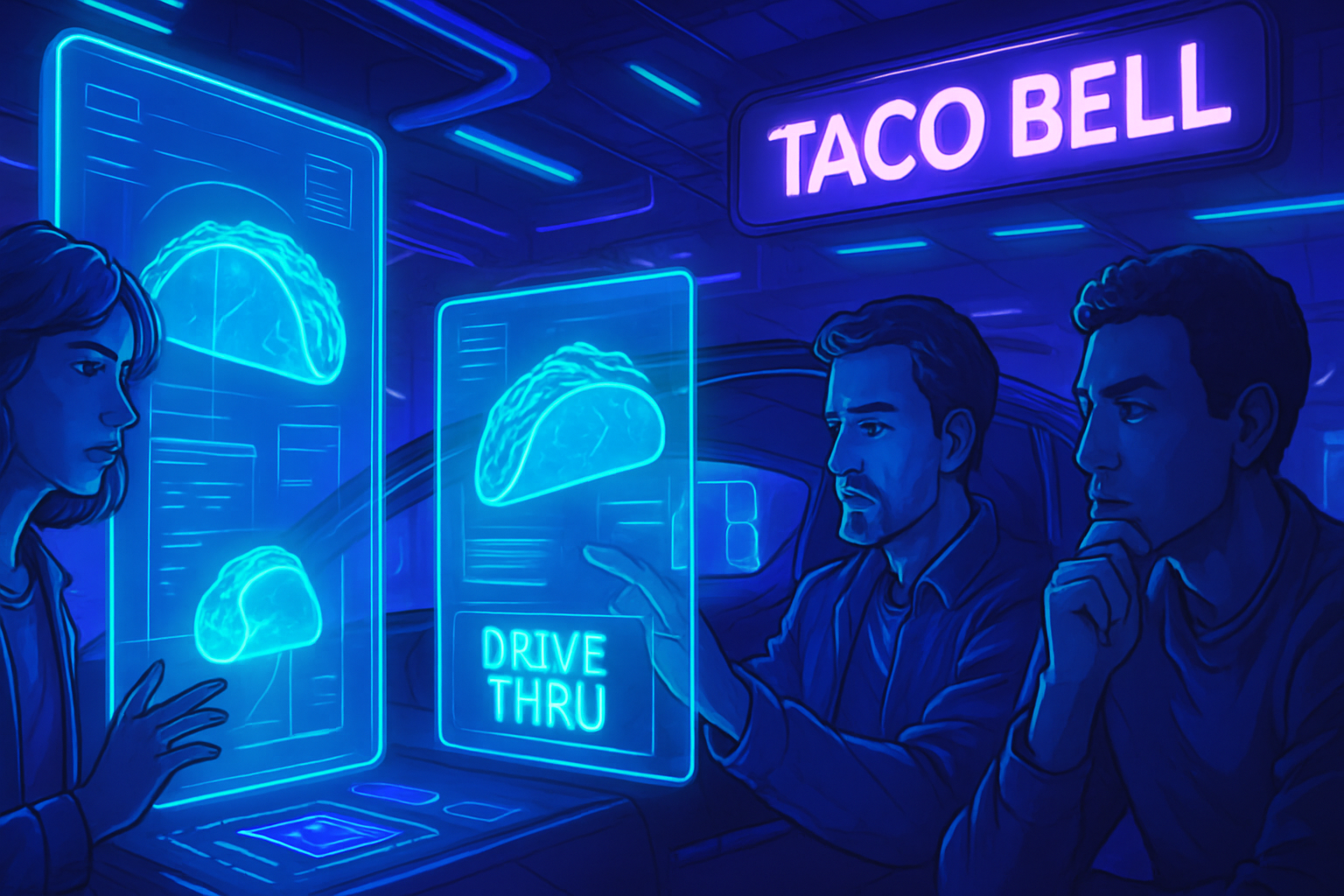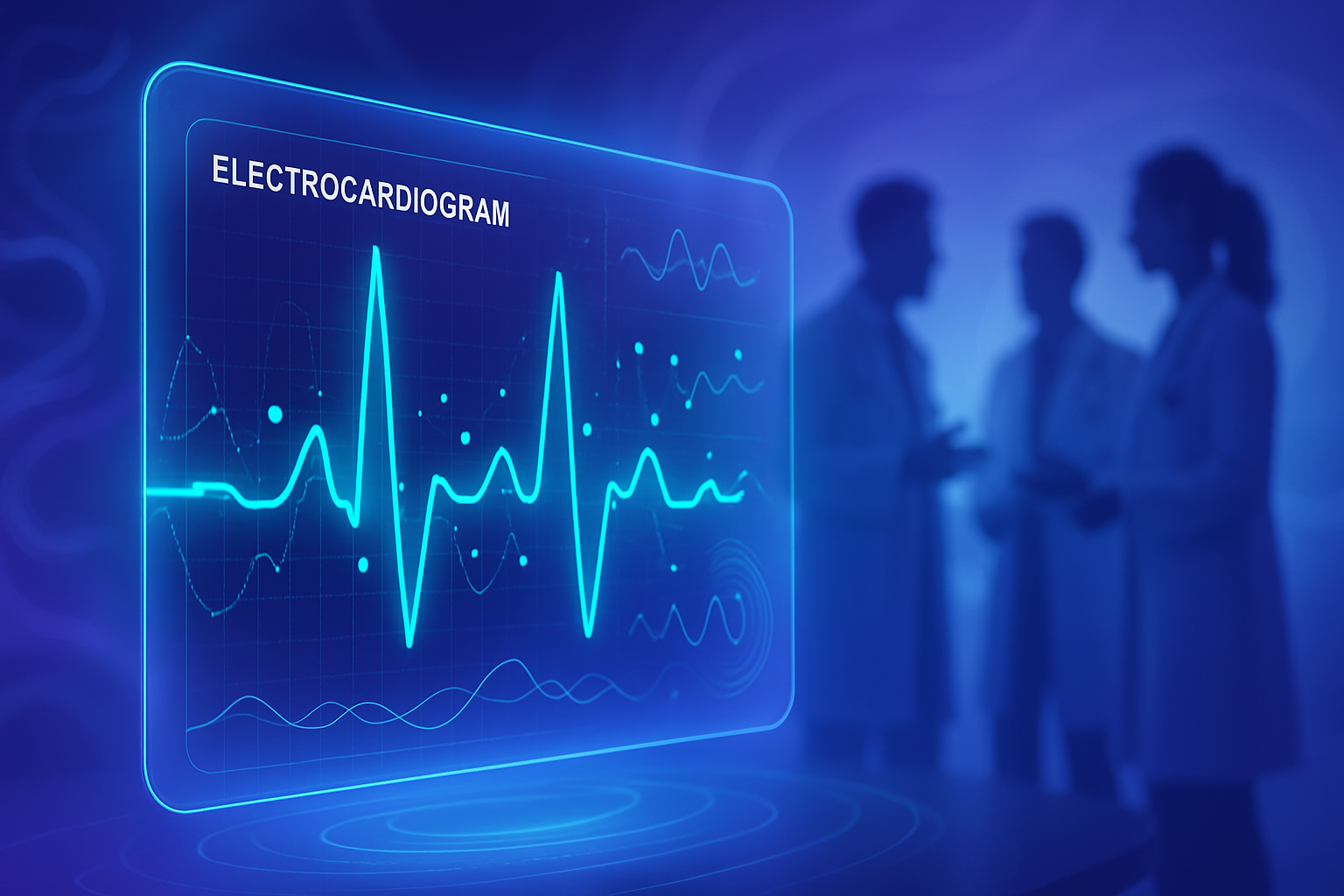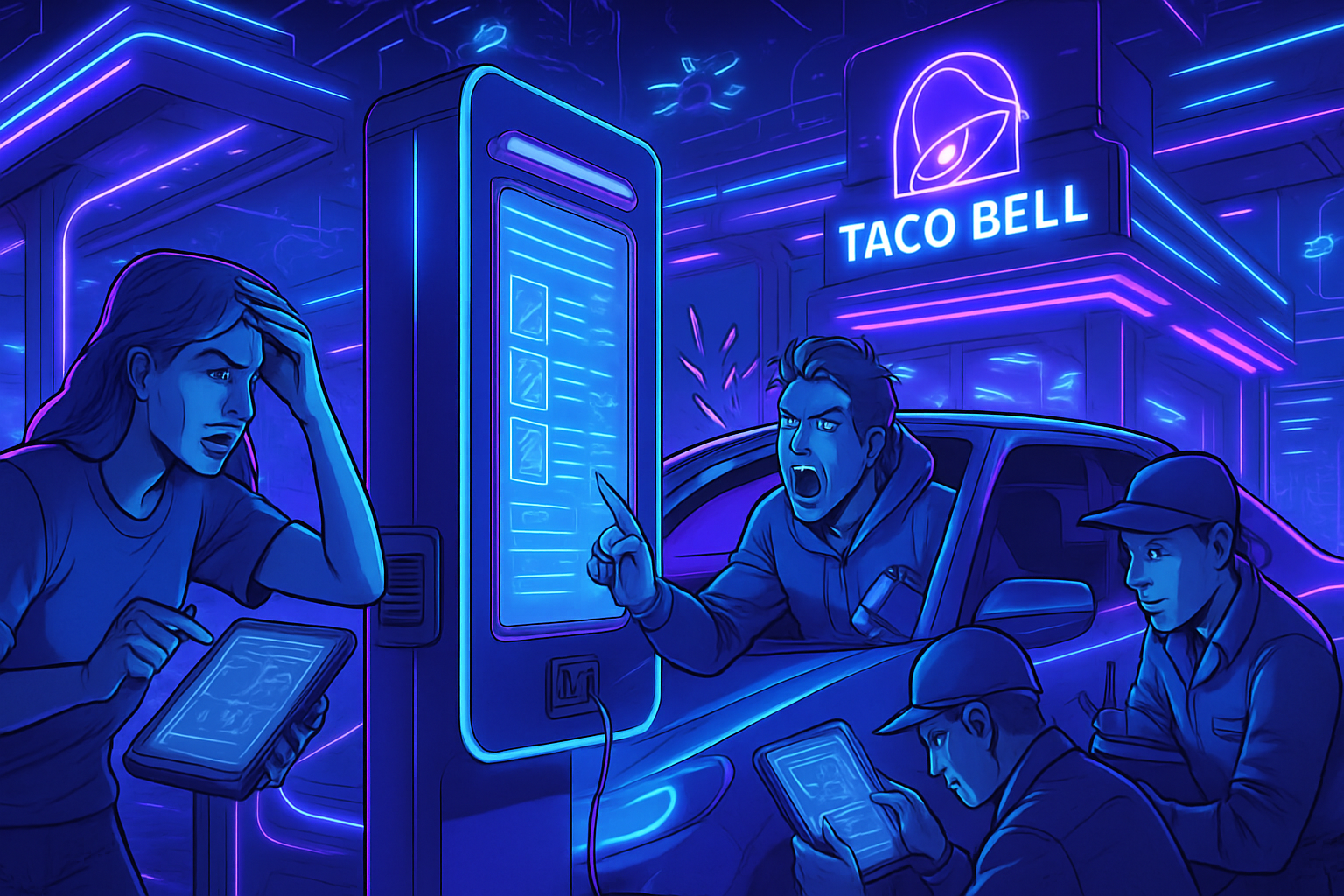The rise of manipulated videos threatens the integrity of information on a global scale. Previous efforts, focused on face swaps, reveal their limits against modern manipulations. A revolutionary AI system, UNITE, emerges as an essential solution for detecting these falsifications, analyzing all elements of a video. Equipped with cutting-edge technology, it tackles increasingly sophisticated forgeries, from warped backgrounds to entirely fabricated speeches. The urgency of addressing this unprecedented phenomenon is felt across all social and political spheres.
An innovative system for detecting manipulated videos
Researchers at the University of California, Riverside (UCR) have developed an artificial intelligence system capable of identifying deceptive videos, well beyond simple face swaps and altered speeches. This project, led by Professor Amit Roy-Chowdhury and doctoral student Rohit Kundu, occurs in a context where misinformation can have harmful effects on society.
Introducing the UNITE system
Named UNITE for Universal Network for Identifying Tampered and synthEtic videos, this AI model stands out for its ability to detect video manipulations without limiting itself to analyzing faces. Unlike many existing methods, UNITE evaluates the entire video footage, including backgrounds and movement patterns, making this technology particularly robust against a wide range of forgeries.
A growing challenge with AI-generated content
With the rise of generative AI tools, it is becoming increasingly easy to create deceptive videos. Kundu points out that the situation is alarming, as even individuals with moderate skills can bypass security filters. The risks of misinformation affect individuals just as much as institutions and democracy.
Advanced detection technology
The development of UNITE relies on a deep learning model based on transformers, allowing it to analyze video clips. By scrutinizing spatial and temporal inconsistencies, the system detects elements often overlooked by traditional detectors. The architecture of UNITE leverages a fundamental AI framework called SigLIP, ensuring feature extraction that is not tied to a specific person or object.
An innovative training methodology
UNITE integrates a revolutionary training method called attention-diversity loss, which encourages the model to monitor multiple visual areas within each image. This approach prevents the system from focusing solely on faces. A universal architecture capable of detecting various forgeries thus emerges, encompassing both face swaps and entirely synthetic videos generated without any original footage.
Collaboration with tech giants
The partnership with Google has provided access to extensive datasets and the computational resources necessary to train the model on a wide variety of synthetic content. Videos produced from text or still images remain particularly difficult to detect. UNITE could soon become essential for social media platforms, fact-checkers, and editorial teams seeking to curb the spread of manipulated videos.
Towards a digital truth
The need for a tool like UNITE is pressing. With the improvement of forgery technologies, the demand for systems capable of revealing the truth is becoming inevitable. Kundu concludes by stating that people have the right to know whether what they see is real. The advent of these detection tools could significantly change the way content is perceived on digital platforms.
Frequently asked questions
What is an AI system for detecting manipulated videos?
An AI system for detecting manipulated videos is a technological model designed to identify video manipulations, even when they do not solely involve face swaps or altered speeches. It analyzes the entirety of video sequences, including backgrounds and movements.
How does detecting manipulated videos work beyond face swaps?
Detection uses a deep learning model that examines spatial and temporal inconsistencies in videos, allowing for the identification of anomalies even in the absence of faces. This model analyzes various visual elements to spot forgeries.
What types of videos can a system like UNITE detect?
UNITE can detect a wide range of manipulated videos, from simple face swaps to entirely AI-generated videos without any real footage, including backgrounds and other visual components.
Why is it important to detect manipulated videos?
Detecting manipulated videos is essential to combat misinformation, protect individuals, and uphold the integrity of institutions and democracy. Falsified videos can have harmful consequences on public opinion and the perception of facts.
What are the limitations of traditional deepfake detectors?
Traditional deepfake detectors primarily focus on faces and often fail when there is no face present in the video. They cannot therefore identify other forms of manipulation affecting the background or other visual elements.
Who can benefit from such a video manipulation detection system?
Social media platforms, fact-checkers, news editorial teams, and any entity working to prevent the dissemination of misleading content can benefit from using video manipulation detection systems like UNITE.
What is the future of video manipulation detection technologies?
The future of detection technologies is promising, with ongoing research to enhance their capabilities to keep pace with evolving forgery methods and ensure that the public has access to reliable and authentic information.
